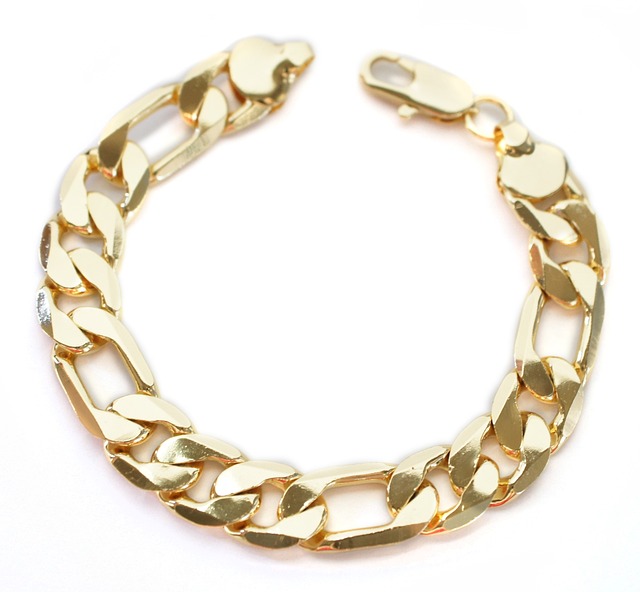Pendant Design and Wearable Metalwork: Adornment and Style
A pendant is a small decorative object designed to hang from a chain, cord, or ribbon, often worn at the throat or chest. As an adornment it serves aesthetic, symbolic, and sometimes functional purposes. Pendants cross cultures and eras, combining metalwork techniques, materials, and personal style to create pieces that range from simple to intricately detailed.

What is a pendant in adornment?
A pendant is a focused form of personal adornment intended to be visible and often close to the face or heart. Historically, pendants have signified status, belief, or identity—ranging from religious medals to protective talismans. Today many pendants are chosen for visual appeal or sentimental value. As a wearable object, the pendant’s size, weight, and attachment method influence comfort and how it complements other jewelry.
How does metalwork shape pendant design?
Metalwork directly affects a pendant’s form, finish, and durability. Techniques such as forging, casting, engraving, and filigree define surface texture and structural detail. The choice of metal—silver, gold, brass, or mixed alloys—determines color, patina potential, and hypoallergenic properties. Design considerations in metalwork include balance so the pendant hangs correctly, structural reinforcements for delicate elements, and the method used to attach bails or loops for chains.
Which metalworking techniques are common?
Common metalworking approaches for pendants include lost-wax casting, soldering, hand-fabrication, and stone setting. Lost-wax casting reproduces three-dimensional forms with fine detail. Soldering joins metal parts and allows composite designs. Hand-fabrication—cutting, folding, and hammering—gives distinct artisan character. For gem-set pendants, bezel, prong, and flush settings secure stones while contributing to the overall silhouette. Each technique requires different tools and skill levels, and combinations are often used to achieve complex results.
How to match pendant style with outfits?
Selecting a pendant to complement clothing involves scale, color, and composition. Small, minimalist pendants pair well with collared shirts or layered necklaces; larger statement pieces work with simple necklines or evening wear. Metal color should harmonize with clothing tones—warm metals like gold or brass suit earth tones, while silver or white gold can echo cooler palettes. Consider the pendant’s movement and how it sits against fabric; lightweight pendants drape, while heavier pieces rest more firmly and can alter how garments hang.
Care and longevity for metalwork pendants
Maintaining a pendant begins with appropriate storage and gentle cleaning. Store pendants individually to prevent scratches and tangling. Routine cleaning depends on metal: mild soap and water or a soft jewelry cloth suit most pieces; some finishes or porous stones require professional care. Avoid exposing delicate settings to harsh chemicals or extreme temperatures. Periodic inspections—checking bails, prongs, and solder joints—can catch wear before a loss occurs. Proper care preserves both appearance and structural integrity over years of wear.
A pendant sits at the intersection of craft and personal expression. Whether created with traditional metalworking methods or contemporary design approaches, a pendant remains a versatile form of adornment that reflects craftsmanship and individual style.
Conclusion
Pendants combine material choices, metalwork skill, and intended wear to serve decorative and sometimes symbolic roles. Understanding common techniques, suitable styling approaches, and basic care helps in selecting and preserving pendants that align with personal taste and practical needs. As a small but expressive piece, the pendant continues to be a durable canvas for craftsmanship and personal meaning.






